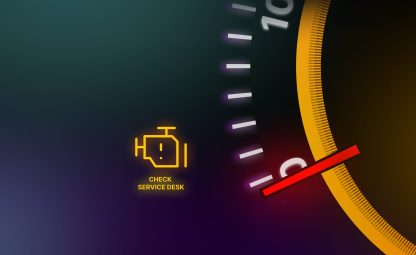As we develop new ideas, tools and ways of working, it’s always important to remember the core elements that we are building on and which we have used to prepare for innovation and progress.
This is true in any profession or area of work. A great musician needs to learn and practice musical scales and rudiments to be able to deliver high levels of dexterity and interpretation. Athletes require hours of training and fitness work to build on for success, writers need to have read and studied great works to learn their craft… etc.
ITSM is no different.
We talk about driving through new ways of working, although first we need solid foundations to build upon. If we are to automate activities and processes, then these need to be based on working processes using good data. We need to be able to walk before running. There are many areas of core maturity, capability and practice that are essential as building blocks and which form the basis of our capability and success – service desk, key processes, Incident, problem, change, config, catalogue. Additionally, there are fundamental aspects of successful tool implementation that often get missed – data preparation, core service definitions, output requirements, useability, vendor partnerships, preparation, and readiness. This can result in missed expectations and failed investments in new products.
So, whilst we might get excited about the possibilities and opportunities for real progress and success with AI, experience management, data analysis, and other developments, it is vitally important that we get the basics right, right..?! This doesn’t have to be onerous , difficult or time consuming. There is a great resource and capability across our industry of knowledge, experience and common-sense guidance that can be tapped into, to ensure that new projects and products and services are designed, tested, built and run with quality and assurance. After all, the experience gained across the industry is usually built on mistakes, so these can be avoided. Learning around the core elements of ITSM can be done quickly and effectively, particularly for those already working in that environment. The industry has got much better at explaining and clarifying how key areas work, and for simplifying the presentation and storytelling on how this works. The choice of models, frameworks and means of learning has never been broader, so there’s no excuse for not finding out how the basics work.
It is also clear that messages, learnings, language and structure, plus the actual models used, are generally converging – service desks and swarmed support, ITSM and Devops, tools and integrations beyond IT. This has to be a positive feature.
We move inexorably towards the future, digitally transformed, as enterprise service managers, living in the clouds and served by robots…?! No, actually we are still in the real world where we operate first and foremost as humans, people, who still need to interact with each other and get the best out of their technology and practices. That requires good leadership and good management, ethical organisations, and also supportive collaborative partners. Our success depends significantly on the level of effective collaboration and shared goals that we can define and follow between us, not how ‘shiny’ our tools or processes are.
So, what does this mean? Here are some thoughts about the core areas of ITSM…
Service desks will not disappear, certainly not overnight. There is a lot of debate on this at present (e.g. see our recent Enterprise Digital Podcasts…). There is a need for human support which cannot be removed without some level of risk. This has been a talking point (but not a reality) for at least 30 years…The service desk is a key business support function in many organisations where a detailed personal level of knowledge is needed to provide support. Service Desks also provide many large IT and MSP organisations with a career entry path to bring people into the organisation and learn the IT environment, the people and the business.
ITSM practices continue to be highly useful and are increasing in their profile ad perceived value particularly around security, continuity, and control. ‘Standard’ ITSM practices will continue to be used for some time and just need to be learned and applied – like the musician who knows their scales. We are seeing much more interest and adoption of some quality ITSM practices in recent years such as problem, knowledge, catalogue, configuration, and true CSI. All of these areas have often been left behind or considered too difficult to tackle. Now there is a demand and appetite for doing these quality and improvement activities, often due to the improved capabilities of tools, but also due to increased demand for quality and improved value. ITSM practices are also now being adopted – perhaps with different labels – in wider business contexts – as part of ESM.
ITSM tools continue to be in demand and organisations continue to replace and re-invent them. This is a challenge at many levels. IT may be that the continual cycle of replacement is due to the lack of core knowledge and understanding of how to make these tools successful – with readiness preparation, data collection, good project management and a big dose of cultural and human nous. This might be understandable – these are business applications and successful project require good organisational change management skills, way more than technical capability – we are technical people mostly. However maybe there’s also more demand for new and shiny, where just good and better might do. Or maybe the need to manage costs becomes pervasive.
There’s certainly much to consider in the industry right now, and much of this can be discussed at the SITs shoe in London this week. We look forward to seeing you there to continue the conversation…!
Come and speak to us at the #SITS25 event in London 14-15 May.




